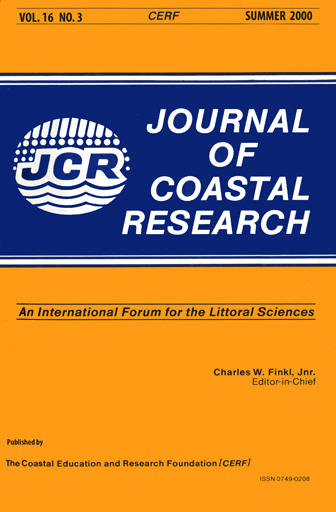Barrier Island Evolution on the Subsiding Central Pacific Coast, Colombia, S.A.
Keywords:
Delta, sedimentary facies, spitsAbstract
The remote barrier islands of Colombia's Pacific Coast exist on a leading edge, subsiding fringe of coalescing small deltas from rivers draining the Northern Andes Mountains. The islands are covered by dense tropical rain forests and are backed by extensive mangrove forests. Four of the 20 islands fringing the Micay, Naya, Yurumangui, Raposo, and Anchicaya Rivers' delta plain near Buenaventura, were studied in detail. El Soldado, Santa Barbara, Chamuscado and El Aji Islands are subjected to moderate wave energy, high sand supply, high mesotidal range, general south-to-north sand transport, and subsidence. The islands are of low elevation (less than 2 m) above spring tide level, and between 5.5 and 8.6 km in length. The shallow stratigraphy is dominated by three general facies: beach sands, washover sands, and mangrove swamp muds. Extension of the overwash facies to almost 2 m below the spring tide line suggests subsidence is a factor in island evolution, which, in part, is a function of an equilibrium between subsidence rate and sand supply. Islands narrow after a subsidence event, and rapidly widen between such events where the sand supply is high. The regressive phase is dominated by accretion of beach ridges that grow as spit-like features along the island front. The islands provide a model for barrier island evolution on a tectonically active, leading-edge coast.


